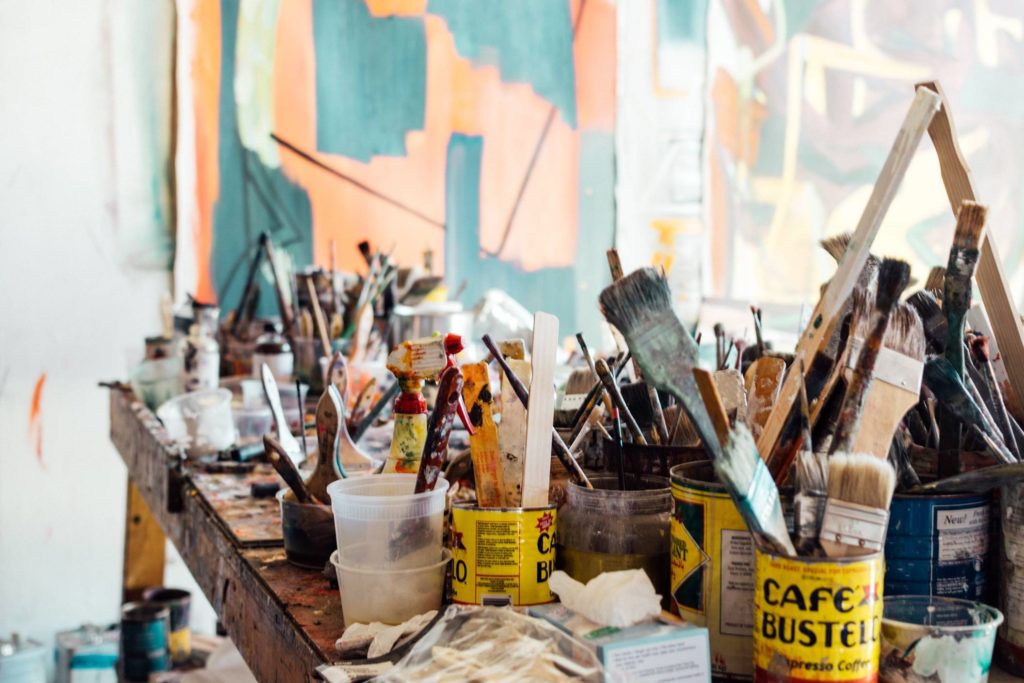Seven top tips for great creative development research
Charles Valance is Chairman and Founder of advertising agency, VCCP (famous for O2, ComparetheMarket, Cadburys, and Nationwide, amongst others). So when it comes to great creative ideas in advertising, he knows what he’s talking about.
How rewarding, then, to see him in Campaign Magazine yesterday challenging the complaint that research kills good creative ideas.
https://www.campaignlive.co.uk/article/why-relish-putting-ads-research/1463903
In fact, handled with care by experts who know what they’re doing, creative teams and their clients can benefit hugely from some straightforward human engagement before anything is set in stone.
As Alan Hedges wrote in his seminal text, Testing to Destruction: “…If [research] is done properly, it not only guides and stimulates the creative process but also provides a much better basis for eventual decisions about the likely worth of a campaign.”
At a time where we place a premium on innovative research methods and creative thinking, it’s easy to fall into believing that something as long-established as qual group discussions about creative work are old hat and unhelpful.
But surely it’s better to know sooner than later, before the big money is spent, how your target audience responds to an idea, what the hooks are that are pulling them in and whether any unintended take-out is getting in the way?

One creative research problem Charles doesn’t address is the often poor quality of the stimulus that is provided for this important work. Isn’t it ironic that those who cherish creative ideas so strongly can be so careless with the stimulus they create to represent those ideas in research?
Too often we hear creatives and clients alike talking dismissively about what stimulus they are going to ‘test’.
This is fundamentally wrong-headed.
The goal is not for the stimulus to pass a ‘test’. Rather, the purpose of the stimulus is to represent the idea in the best possible way for the target audience to be able to engage with the idea. It therefore matters that stimulus designed for its purpose and is at the very least coherent, clearly illustrated and legible (yes, that does bear saying!).
Like Charles, we care a great deal about this very skilled type of research being done well. We want good creative ideas to have the best chance, and to help them flourish.
Here are our seven top tips for creative development success:
1 / The earlier the better – give yourself time to learn and iterate
2 / Be clear on what the idea is trying to achieve (wow, entertain, reassure, inform…)
3 / Make sure the creative team are involved in briefing the researcher – it’s their idea, they’re best placed to share it
4 / Treat each idea like you genuinely want it to realise its full potential – if you don’t want it to progress, don’t waste time researching it
5 / Create stimulus that best expresses the idea – use visuals, sound, text, video clips, mood boards… whatever is best for THIS idea
6 / Anchor the conversation in emotional responses
7 / Listen, watch and learn with an open mind
It’s our commitment to these principles that has earned us the trust of clients and ad agency teams alike.



